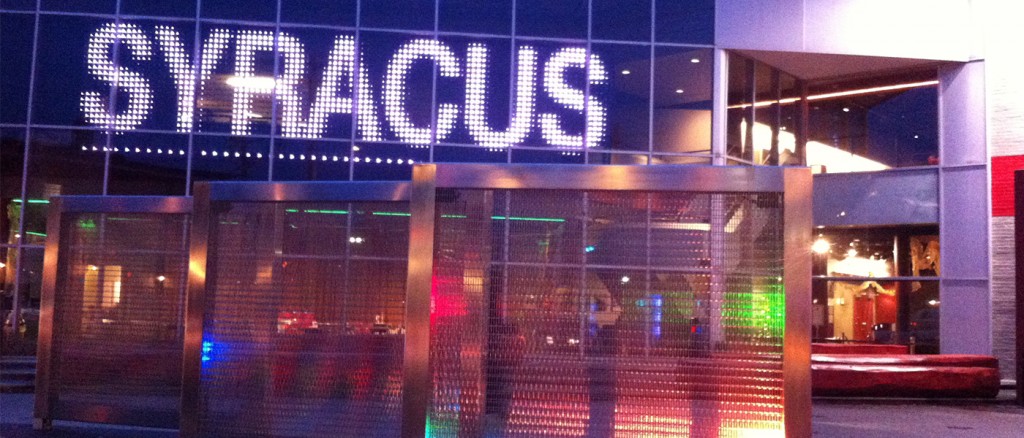Economist Ann Markusen coined the phrase “creative placemaking,” which she defined as “urbanism, as a condition, that MUST have arts and artists.” Markusen emphasizes the economic benefits of placemaking and makes a documented case for fostering art and other creative disciplines as engines of growth. “Our research finds that through creative placemaking, arts and culture make substantial contributions to local economic development, livability and cultural industry competitiveness,” she said. (Creative Placemaking, National Endowment for the Arts white paper [2007]).
Numerous policy makers and economists agree that arts and entertainment bolster local economy, quality of life and competitiveness. Given the evidence of numerous case studies on community engagement, I would say that our community’s focus should be on developing these creative places. As has been demonstrated, arts and cultural activity in these districts heighten visibility and encourage visitation to that area, resulting in longer stays and dollars spent as well as improved neighborhoods and demand for housing.
But what helps define such a district? Again, studies have shown that public art is a defining feature of an arts and entertainment district, and helps increase the perception of the district’s value and excitement for the potential participant. Public art helps engage both local and out of town visitors and nearby businesses, including hospitality venues. It also helps give communities ownership when it celebrates residents’ values and can create a sense of history and heritage if the art is celebrating local remarkable events from the past. These are equally important outcomes. Crucially, arts and entertainment districts attract new businesses that locate there because of the attractive visual elements and high pedestrian traffic.
Ultimately, economic development and activity and the creative class are intertwined. Creative placemaking describes one important part of that relationship. As the greater Syracuse area and the entire region look to gain a competitive edge to attract and retain new businesses and a diverse and skilled workforce, while providing citizens with a sense of ownership and civic pride, creative placemaking through arts and entertainment districts is a well proven solution that would help.
Kudos to the Connective Corridor for its creative placemaking — defining a path through the City that has much art and entertainment to offer, improving the facades and streetscapes along the Corridor and now funding a robust public art program.
Stephen Butler is a member of the Connective Corridor public art local steering committee, and CNY Arts collaborates with the Connective Corridor in co-marketing and branding the Corridor as a “connected cultural district.” You can access the following venues via the Connective Corridor’s walking and bike paths, as well as the free CC bus service: Erie Canal Museum, Everson Museum of Art, Goldstein Student Center, Hendricks Chapel, Jazz Central, La Casita Cultural Center, Landmark Theatre, Light Work, The Media Unit, Museum of Science and Technology (MOST), Museum of Young Art, OnCenter (Convention Center, War Memorial Arena, Mulroy Civic Center Theaters – Crouse Hinds Theater, Carrier Theater and BeVard Studios), Onondaga Central Library, Onondaga Creek Walk, Onondaga Historical Association, Point of Contact Gallery, S.Alt City Mural, Rarely Done Productions, Red House Arts Center, SALT Quarters, Schine Student Center, SU School of Architecture Gallery, Setnor School of Music, Spark Contemporary Art Space, SU Special Collections Center, SU Galleries, Syracuse Ballet, Syracuse Opera, Syracuse Stage, Tech Garden Gallery, Urban Video Project at the Everson Plaza, Warehouse Galleries, War Memorial, WCNY, YMCA Gallery/Downtown Writers Center, 601 Tully, 914 Works and more! Find a calendar of events at: gotocnyarts.org
This week’s conversation: How can we promote Syracuse as a destination for the arts?



